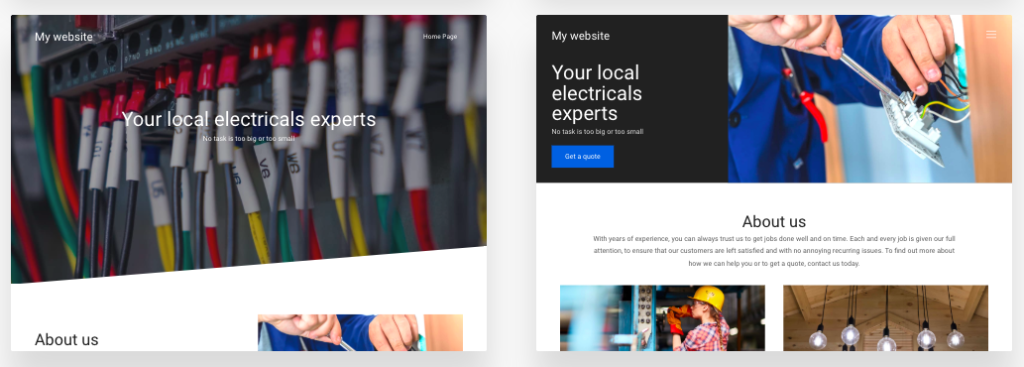There is nothing more exciting than having a website that is ready to share with the world. With all of the design, thoughtful content and hard work you’ve put in you’ll want to start showcasing it straight away. But how do you make the most of your launch? There are a few steps you can make to get the most out of this time, and the best part is, we’ve already written it down for you!
Choose the right date
Pick your website launch day with care. You’ll want to make it a day where the most number of visitors possible will take a peek at your website, but also if there are any last-minute tweaks or changes to make that you’re on hand to remedy them.
Quick tip: avoid launching your website on a Friday, weekend, bank holiday or other major holiday dates! People are most likely enjoying the festivities and not browsing the web.
Engage with audiences
Don’t make your website launch a one-way communication process. Naturally, you’ll have a lot to say to your new site visitors, but give them the opportunity to interact with you, too! This can boost engagement and may provide you with useful information about your audiences and what they want from your business or content, which may help to steer your website towards future success.
Remember you can also use your social media pages to chat with your audiences both before, during and after launch day.
Consider your rankings
It’s important that audiences are able to find your new website easily, so using effective search engine optimisation (SEO) strategies is important to help improve your search ranking and reach more people.
Whenever you publish any information about your new website launch, utilise your content so that every piece of communication has the potential to boost your search profile. For example, include relevant keywords naturally in any news or update posts, and vary the style of content you produce to mix things up a bit. If you’re an SEO newbie, take a look at our beginner’s guide to SEO over on our blog
Use some of the same tactics that you used to create all of the content for your new website, including writing about a variety of different styles: from blog posts, videos and beautiful photos.
Add analytics
How will you know if your website launch has been successful? In particular, how many people have visited your new site, which pages they looked at and what their profiles are? It’s super simple! Just make sure you get signed up with Google Analytics before launch day.
The beauty of Google Analytics is that it will also tell you whether viewers just looked at the landing page of your site, or whether they explored further. You can use this information to your advantage, to ensure your content is enticing and leaves people wanting more. You can also use this data to see what pages are popular, what devices people are using, what time of day they’re visiting and so much more.
Having a website is crucial for every business. If you haven’t created yours yet, why don’t you check out Go Sitebuilder? Create your website from anywhere without the need for any technical skills. Try Go Sitebuilder free for 14-days to see just how easy it is to get your business online.










